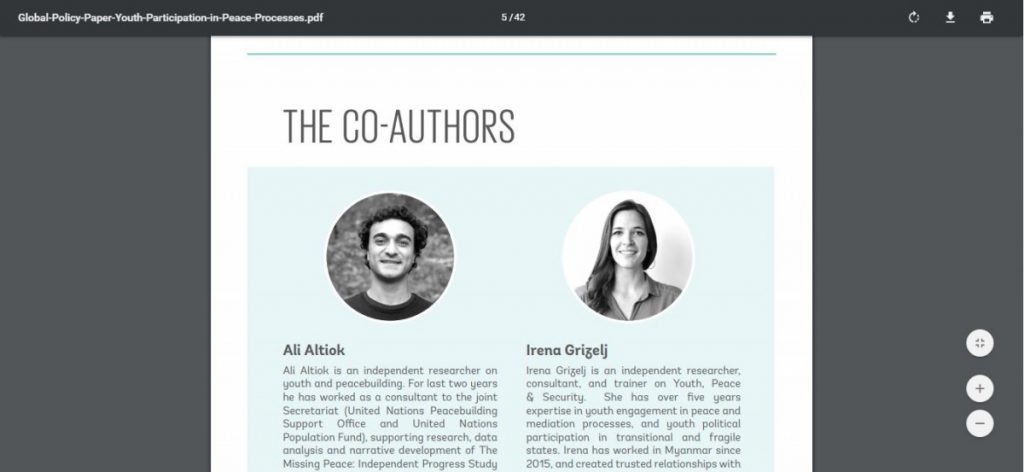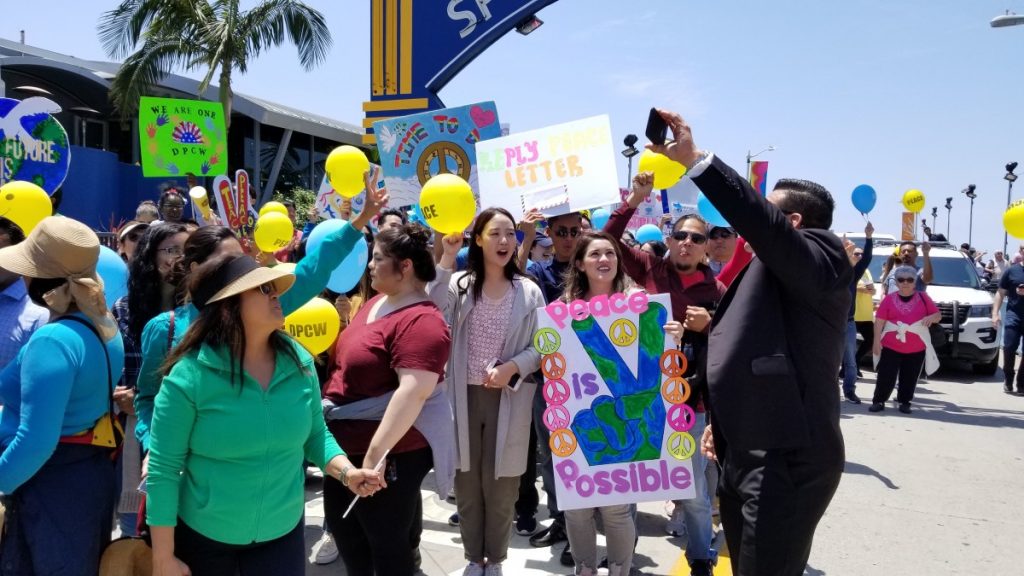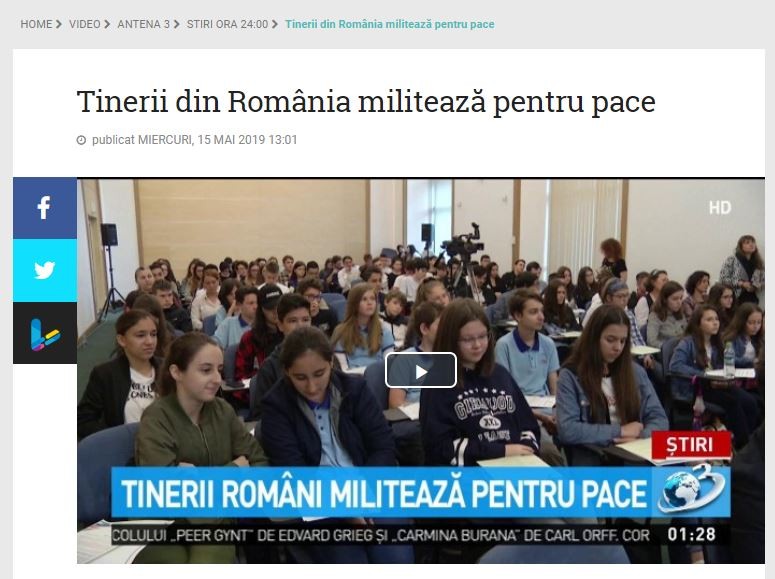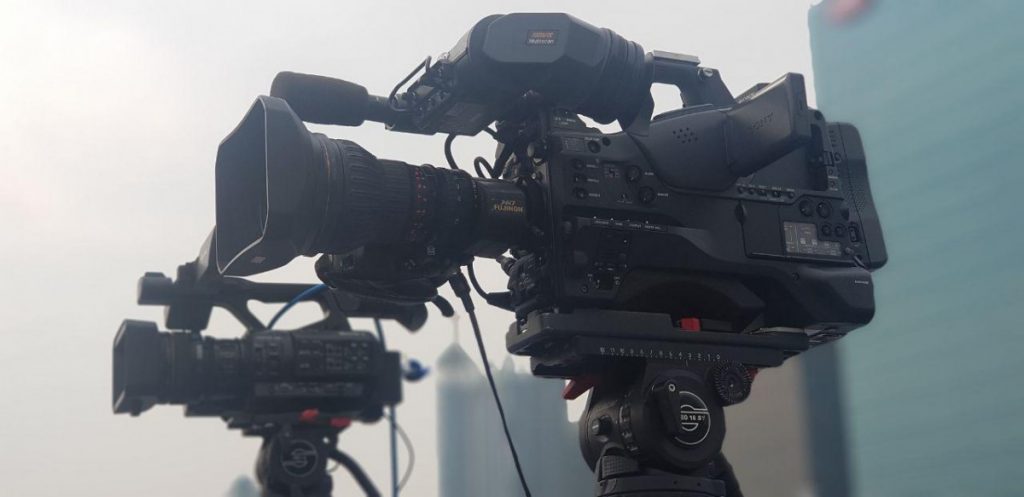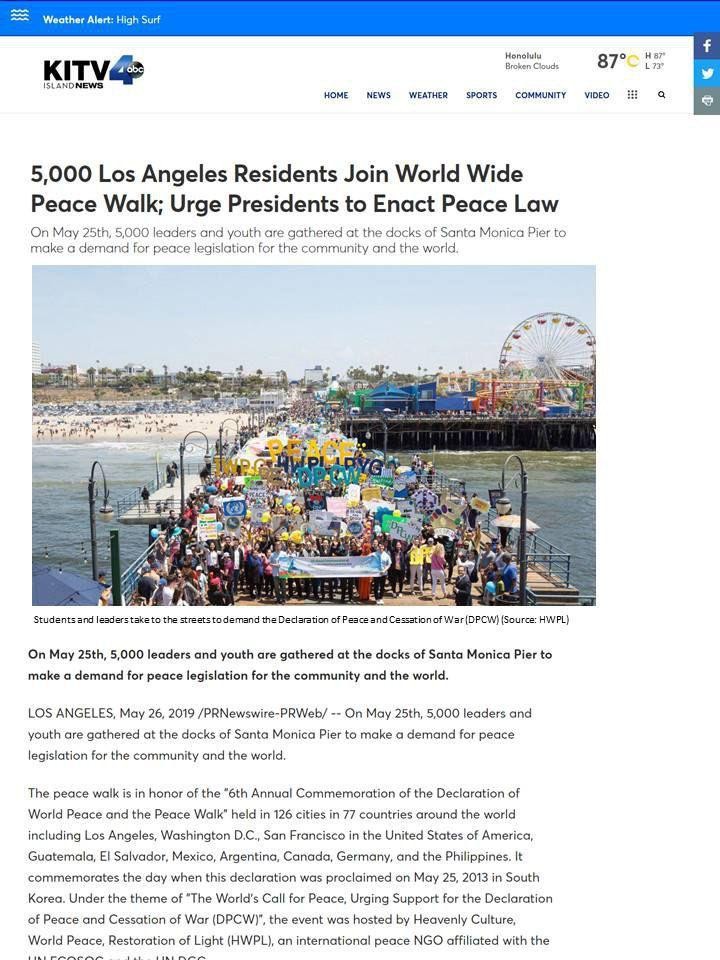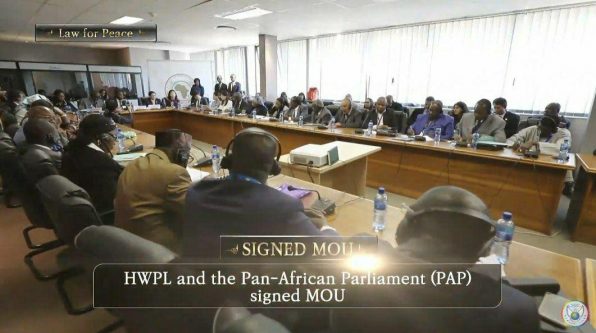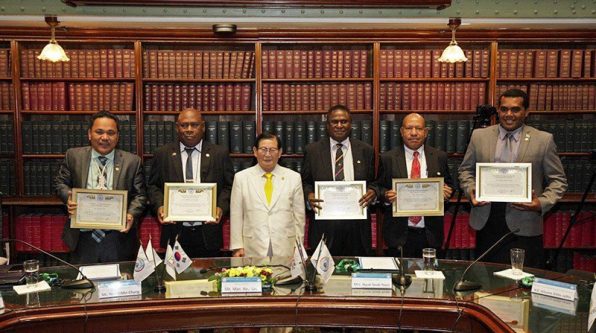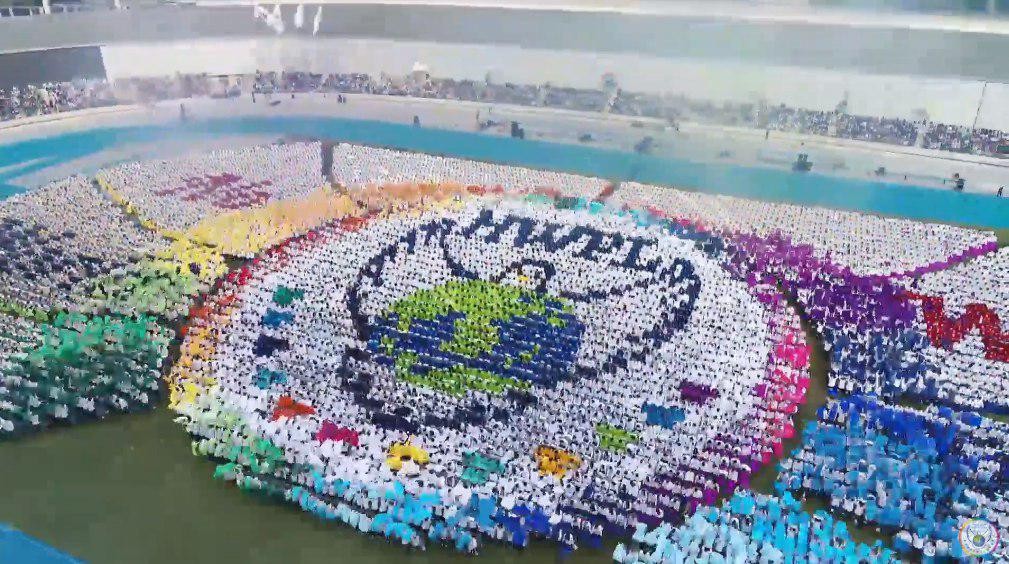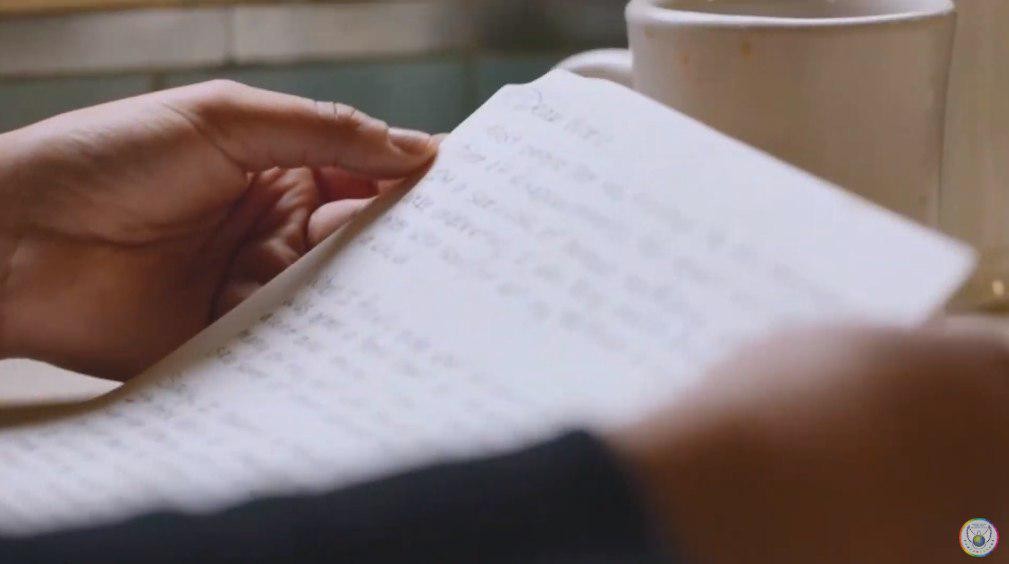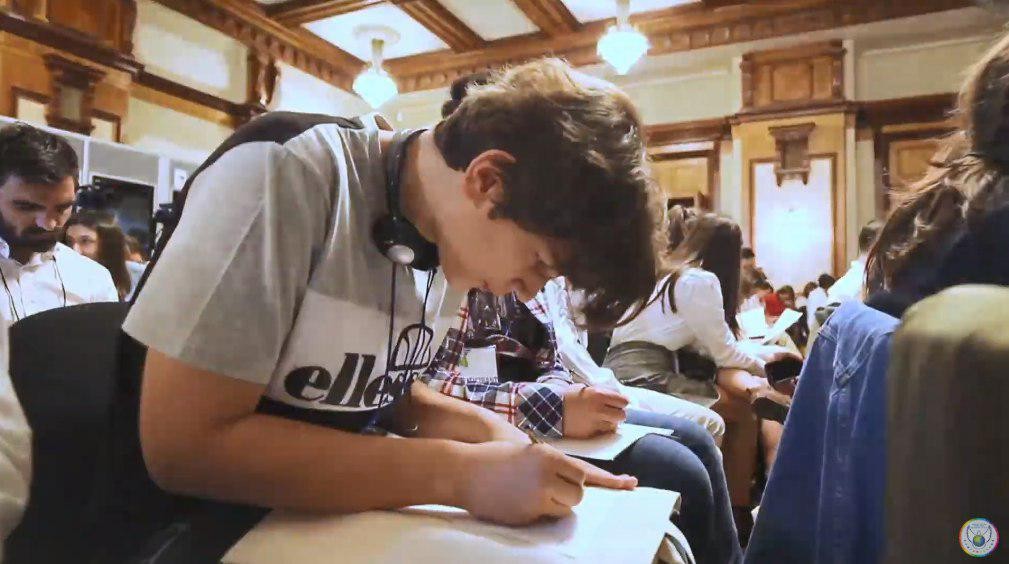1976 Soweto Uprising
The June 16 1976 Uprising that began in Soweto and spread countrywide profoundly changed the socio-political landscape in South Africa. It is estimated that 20,000 black students took part in the protests. Deaths are 176 (~700) who are killed by police. So, 16 June is now a public holiday in South Africa, named Youth Day.
What was the reason? Policies of the Apartheid government are the problem. Finally it resulted in the introduction of the Bantu Education Act in 1953. Despite the inequality and oppression caused by apartheid, many heroes were born. Who are they? The “Youth of 1976” played a really important role in fighting.
One photo shocked the world

During the fracas the 12-year-old Hector Pieterson was shot by the police. He was covered in blood. Pieterson was rushed to a local clinic and declared dead on arrival. This photo became an icon of the Soweto uprising.
“The uprising means different things for different people,” says Khwezi Gule, chief curator of the Hector Pieterson museum and memorial in Soweto. “There are different generations and varying constituencies. Even those who were there in 1976 were affected differently: parents, students, leaders, people just caught in the crossfire.”
Nelson Mandela said “The events of that day reverberated in every town and townships of South Africa. The uprising triggered riots and violence across the country. Mass funerals for the victims of state violence became national rallying points.
Suddenly the young people of South Africa were fired with the spirit of protest and rebellion. Students boycotted schools all across the country. Bantu education had come back to haunt its creators, for these angry and audacious young people were its progeny.”
South Africa’s Youth
Discusses NDP 2030 on Youth Day

Commemorating the heroes of Soweto from June 1976 young, South Africans were challenged to chart their own solutions for dealing with the struggles the youth face today. So, the International Peace Youth Group (IPYG) is collaborated with the Gauteng Province, the City of Johannesburg Library and Information Services, South African Council of NGO’s, Green Peace Africa, IWPG, Save the Children and HWPL.
Also, the Specialized Agency of the African Union and the African Peer Review Mechanism (APRM) helped these passionate young peace activits. IPYG was established in 2013 with 805 affiliate organisations in 110 countries. What is their purpose? It is the “National Development Plan (NDP).”
NDP 2030: Youth CAN do it!
The NDP aims to eliminate poverty and reduce inequality by 2030. According to the plan, South Africa can realise these goals by drawing on the energies of its people, growing an inclusive economy, building capabilities, enhancing the capacity of the state, and promoting leadership and partnerships throughout society. Lets all work together to make the National Development Plan (NDP) a success and build a better South Africa for all, it is up to each one of us.

In dealing with International and Regional Peace and Security, Editor of Zimbabwe Digital News brought about the need to create a culture of peace and referenced the Declaration of Peace and Cessation of War (DPCW) as an instrument that the President of South African to put an end to armed conflict. (What is DPCW?)
Because Africa has great potential, countless young people can surely achieve peace with IPYG. At IPYG Peace Letter Campaign, more than 200,000 young people from each country have sent handwritten letters to the heads of 193 countries of the United Nations. We Are One!
Reference:
http://www.hwpl.kr/en/news/view/190729412/0/SouthAfrica%E2%80%99sYouthDiscussesVision2030onYouthDay




